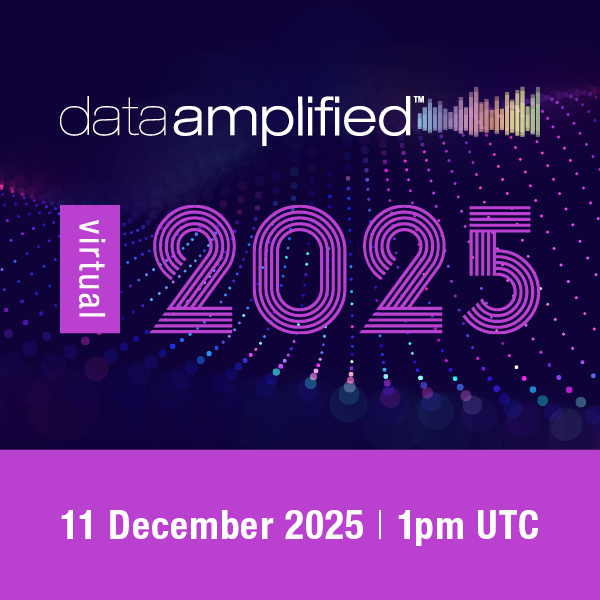Turning XBRL analysis into a chat with your data: how regulators can harness AI

We know AI is powerful. It promises big: critical insights from overwhelming data volumes, actionable findings from vague hunches, and the answers to the questions you didn’t even know you needed to ask. But how do we harness those big possibilities in everyday data analysis? That’s a particularly tricky question for regulators, who need robust processes, reliable outcomes, and transparent decision-making that meets high standards of scrutiny.
Traditional business intelligence (BI) tools excel at answering specific questions. AI enables something fundamentally new: open-ended exploration. In another radical shift, AI opens advanced analytics up to non-technical supervisors, thanks to the ability to chat with models in natural language.
In his latest article, Björn Fastabend – head of the XBRL collection and processing unit at BaFin and member of the XBRL International Board of Directors – uses practical examples to illustrate how regulators can incorporate AI into their current workflows. The goal is to maximise analytic capabilities while maintaining regulatory rigour:
- Leveraging AI to explore, ask open-ended questions, and uncover patterns, anomalies and relationships across vast datasets – homing in on potential areas of interest.
- Using BI to verify and deepen AI insights, answer precise queries, and provide a solid legal basis for decision making.
- Both AI and BI tools draw on the same underlying, traceable XBRL database, (contrast that with the previous article) for accurate analysis and seamless integration.
It’s not about replacing existing tools but stacking complementary strengths. As Björn explains, “The exploratory power of AI, the precision of BI tools, and XBRL’s structured foundation create a three-way synergy that delivers insights greater than any single approach could achieve.”
As regulatory data volumes grow and complexity increases, this combined approach offers a scalable way for regulators to enhance insight and oversight – without compromising on precision or integrity.
Read the full article here.






